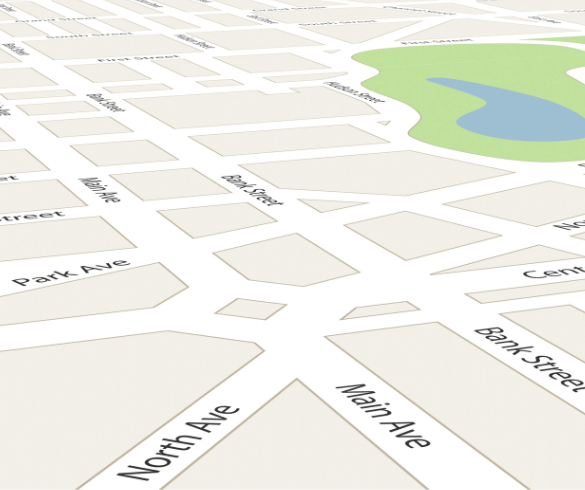Healthy New Jersey
Universal Blood Lead Testing
Test early. Catch lead exposure before it causes harm
Children should be tested at ages 1 and 2, or by age 6 if they've never been tested.

Essential Lead Information

Symptoms of Lead Poisoning
Know the symptoms of lead poisoning so you can protect your child’s health.

Lead Poisoning Prevention
Everyday steps you can take to keep your child safe at home.

Lead Resources
Resources, flyers, printouts, and educational materials on lead.
Protecting Children from Lead Exposure
Children under 6 are most at risk. Lead can harm their growth and development, and the only way to know if they've been exposed is through testing.
Common sources of lead contamination:
Lead-Based Paint
Homes built before 1978 may have lead paint that breaks down into dangerous dust and chips.
Leaded Pipes
Lead can leach from older pipes into the water your family drinks and cooks with.
Contaminated Soil
Lead dust and paint chips can remain in soil and pose a risk to children outdoors.
Jobs/Hobbies
Work and hobbies like construction or pottery can carry lead dust home on clothing and tools.
Imported Goods
Some imported toys, cosmetics, candies, and spices may contain hidden lead.
Herbal Remedies
Certain traditional remedies and folk medicines can contain unsafe levels of lead.
Potential Lead Exposure Mapping Tool
The Potential Lead Exposure Map shows potential sources of lead exposure. Currently, this tool specifically looks at lead paint in housing as a source, provides information on distribution of one and two-family rental units built prior to 1980.

 Official Site of The State of New Jersey
Official Site of The State of New Jersey

